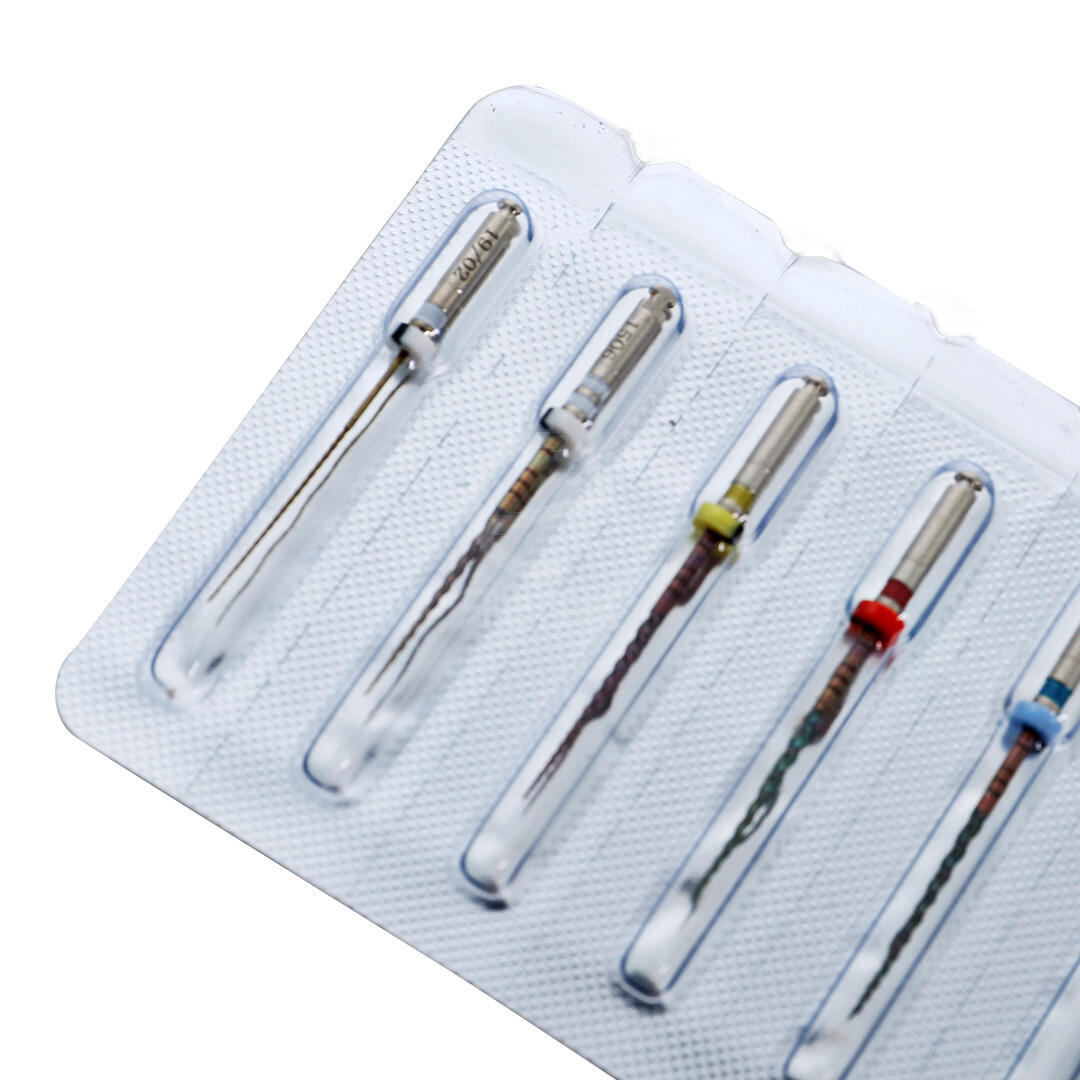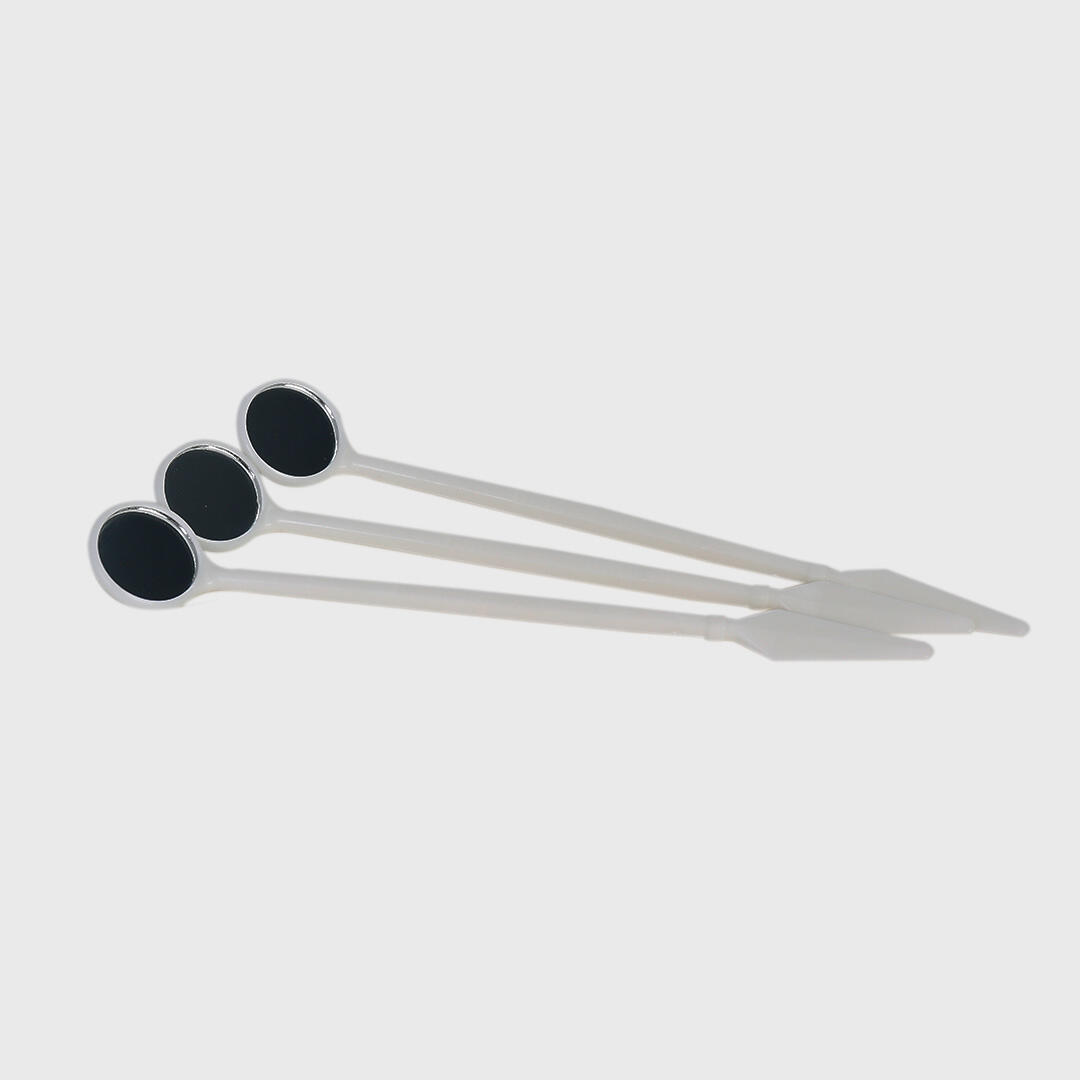Understanding the Hidden Dangers of Substandard Filing Tools
In the world of metalworking, jewelry making, and precision crafts, needle files are indispensable tools that can make or break the quality of your work. Low-quality needle files might seem like a cost-effective solution at first glance, but their use comes with substantial risks that can impact both your work and safety. These seemingly minor tools can lead to major complications when their quality is compromised, affecting everything from project outcomes to long-term tool investment.
Professional craftsmen and hobbyists alike need to understand that the choice of needle files isn't merely about immediate costs - it's about ensuring precision, safety, and efficiency in their work. The consequences of using substandard tools can ripple through every aspect of a project, potentially causing more expense and frustration in the long run.
Impact on Work Quality and Project Outcomes
Surface Finish Deterioration
Low-quality needle files often leave uneven and rough surfaces on your workpiece. These tools typically feature inconsistent cutting patterns and poorly manufactured teeth, resulting in scratches, gouges, and irregular textures. When working on delicate materials like precious metals or fine woodwork, these imperfections can be particularly problematic, potentially ruining expensive materials and requiring extensive rework.
The surface finish issues aren't just aesthetic concerns. In many cases, they can affect the functionality of the finished piece, especially in precision engineering applications where smooth surfaces are crucial for proper fit and operation.
Precision and Accuracy Problems
Working with low-quality needle files often leads to compromised precision in your projects. These tools may have manufacturing defects that make it difficult to maintain consistent pressure and control during filing operations. The result is uneven material removal and potential asymmetry in the workpiece, which can be particularly problematic in applications requiring tight tolerances.
The lack of precision can be especially detrimental when working on intricate details or when making final adjustments to fitted components. What might start as a minor deviation can compound into significant issues as the project progresses.
Safety Concerns and Health Risks
Physical Injury Potential
Low-quality needle files pose several direct safety risks to users. These tools may have poorly attached handles that can detach during use, leading to potential hand injuries. The files themselves might break or snap under pressure, creating sharp projectiles that could cause serious harm. Additionally, substandard manufacturing can result in loose metal particles from the file itself becoming airborne during use.
The risk of injury increases when these tools are used for extended periods or under demanding conditions. Professional users who rely on these tools daily are particularly vulnerable to these safety hazards.
Long-term Health Implications
Beyond immediate safety concerns, using low-quality needle files can contribute to long-term health issues. Poor ergonomics and inconsistent cutting surfaces can lead to repetitive strain injuries and muscle fatigue. The additional force often required to achieve results with substandard tools can exacerbate these problems.
Furthermore, low-quality files may release more metal particles and dust during use, potentially creating respiratory hazards if proper ventilation and protection aren't used. This is particularly concerning for professionals who work with these tools in enclosed spaces or for extended periods.

Economic Impact and Tool Longevity
Replacement Frequency and Costs
While low-quality needle files might seem more economical initially, they often require more frequent replacement due to faster wear and degradation. The cutting edges of these tools typically dull more quickly, and their overall structure may deteriorate rapidly with regular use. This leads to higher long-term costs as users must constantly purchase replacements.
The economic impact extends beyond just the cost of replacement tools. Time spent replacing tools, dealing with poor results, and reworking projects adds up to significant hidden costs that can far exceed the initial savings from choosing cheaper options.
Project Timeline Extensions
Using low-quality needle files often results in extended project timelines. These tools typically require more passes to achieve the desired results, and the increased likelihood of mistakes means more time spent on corrections and refinements. For professional craftsmen, these delays can affect client relationships and project profitability.
The inefficiency of working with substandard tools can create a cascade of scheduling problems, particularly in workshop environments where multiple projects are being managed simultaneously. This can lead to missed deadlines and compromised quality as workers rush to catch up.
Frequently Asked Questions
How can I identify low-quality needle files before purchasing?
Look for inconsistencies in the cutting pattern, examine the handle attachment quality, and check for proper hardening through product reviews and specifications. Reputable manufacturers will provide detailed information about their manufacturing processes and material quality. Be wary of unusually low prices and lack of proper certification or quality guarantees.
What is the typical lifespan difference between high-quality and low-quality needle files?
High-quality needle files typically last 3-5 times longer than their low-quality counterparts under similar usage conditions. Professional-grade files maintain their cutting effectiveness for months or even years of regular use, while low-quality files may need replacement after just a few projects.
Are there specific materials that are more susceptible to damage from low-quality needle files?
Precious metals, hardened steels, and delicate materials like brass and copper are particularly vulnerable to damage from low-quality needle files. These materials require precise, consistent cutting action to achieve proper finishes, and substandard tools can easily leave permanent marks or cause uneven material removal.

